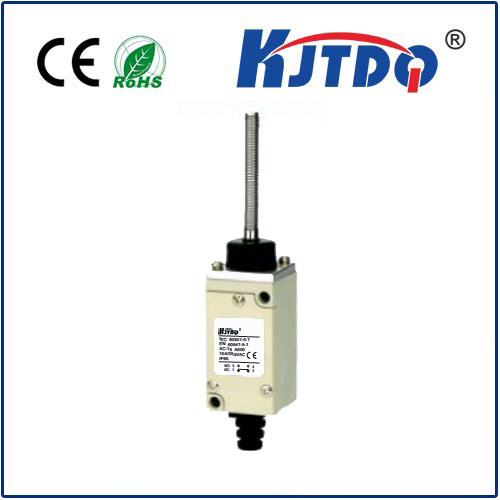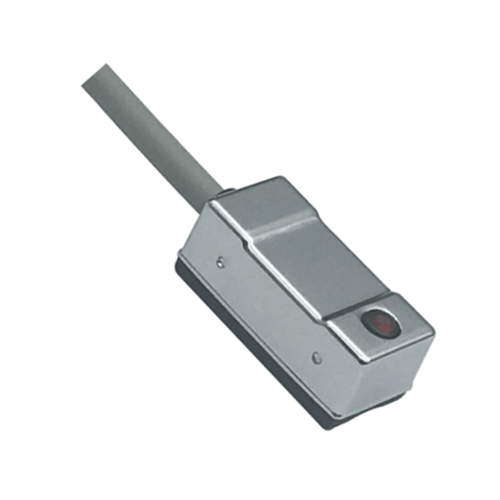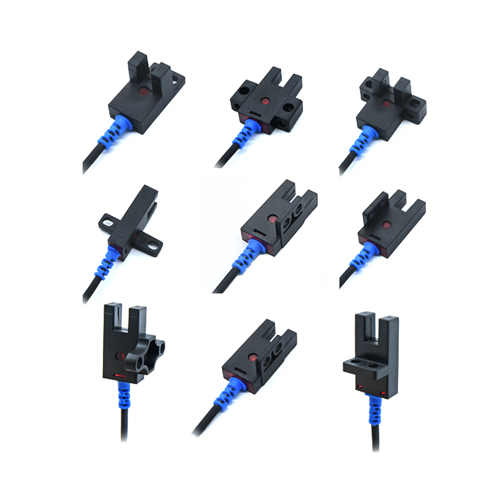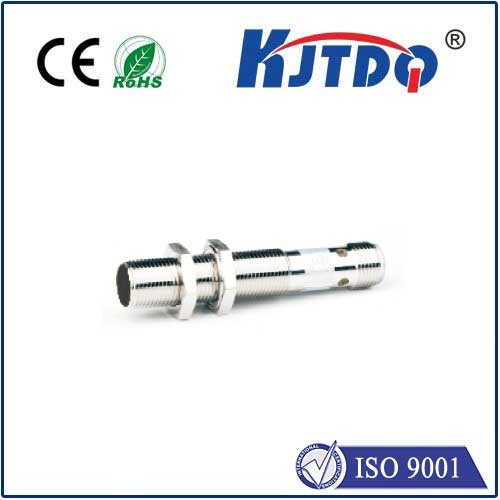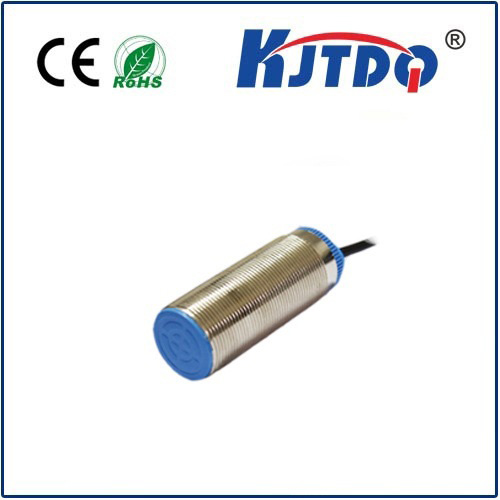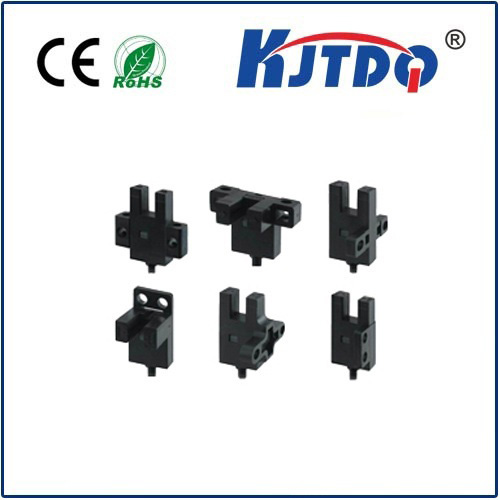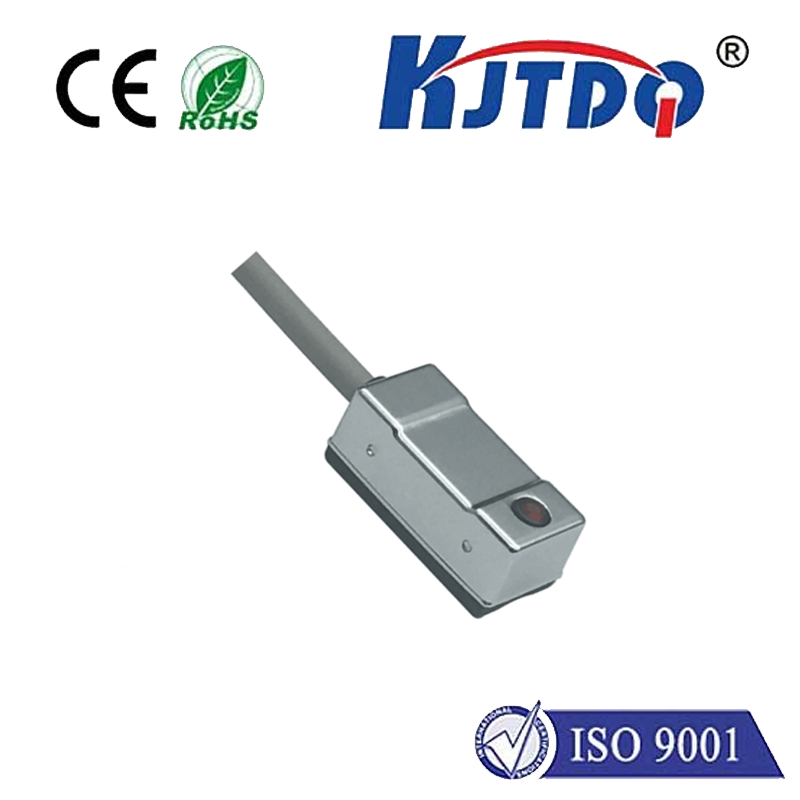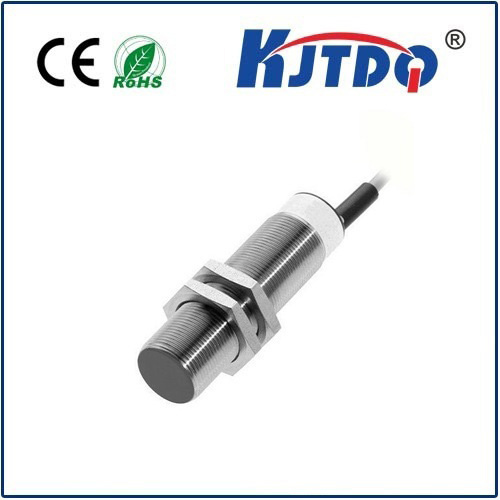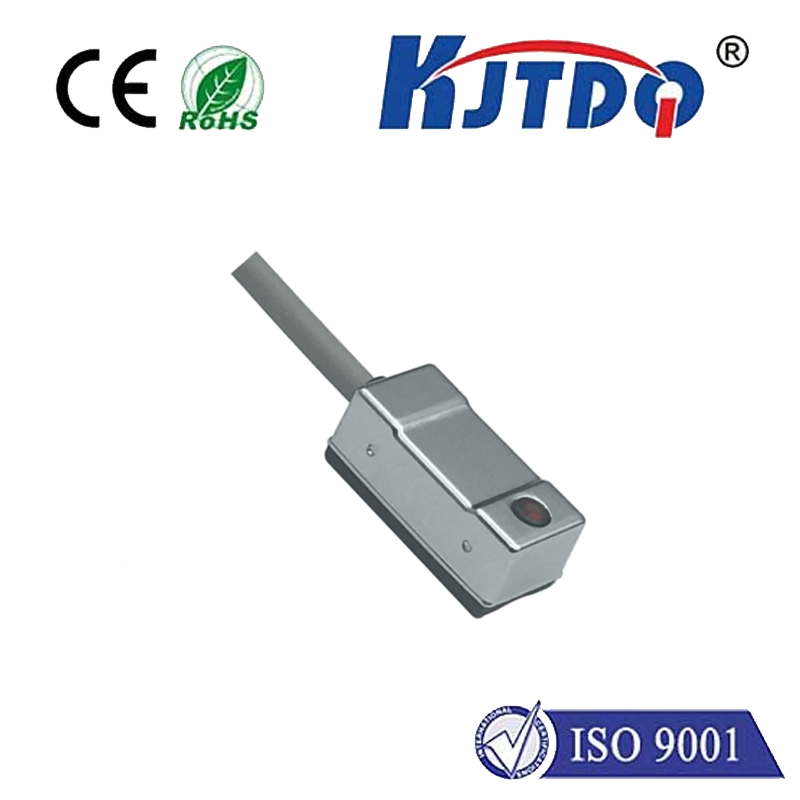Датчик приближения включен.
- time:2025-06-23 17:36:36
- Нажмите:0
Proximity Sensor On: Your Silent Guardian of Touchless Interaction and Automation
Imagine: You lift your phone to your ear, and the screen instantly dims. You approach an automatic sliding door, and it whispers open before you touch it. A piece of machinery shuts down safely as a hand ventures too close. This invisible, near-instantaneous response? That’s the power of a Датчик приближения включен.. Far more than just a component, this activated state represents seamless interaction, enhanced safety, and the smooth operation of countless modern devices and systems. Understanding what happens when the proximity sensor is on unlocks a world of invisible convenience and critical functionality.
The Essence of “On”: Sensing the Unseen
At its core, a proximity sensor detects the presence or absence of an object within a specific range without physical contact. When we say the proximity sensor is on, it signifies the sensor is powered, actively emitting energy (like infrared light, ultrasonic sound waves, or an electromagnetic field), and meticulously monitoring its surrounding environment for any changes that indicate an object’s approach or departure.
How It Works in Action:
- Emission: Once powered on, the sensor emits its chosen form of energy into its detection field.
- Monitoring: The sensor constantly evaluates the energy pattern in its field. Different sensor types work differently:
- Inductive Sensors: Detect metallic objects by sensing disturbances in their generated electromagnetic field. Crucial in industrial automation.
- Capacitive Sensors: Detect both metallic and non-metallic objects (like liquids, plastic, wood) by sensing changes in capacitance caused by the object entering the electric field. Versatile for various applications.
- Optical (IR) Sensors: Emit infrared light and detect its reflection off an object, or the interruption of an IR beam. Common in consumer devices and touchless interfaces.
- Ultrasonic Sensors: Emit high-frequency sound waves and measure the time for the echo to return, calculating distance. Excellent for presence detection and level sensing.
- Detection: When an object enters the detection zone, it alters the emitted field or energy pattern (reflects light, disturbs the electromagnetic field, reflects sound).
- Signal Processing: The sensor’s internal circuitry detects this change.
- Output: Finally, the Датчик приближения включен. state translates this detection into an electrical signal (like switching a relay, changing voltage, or sending a digital signal) to trigger the desired action.
Where “Proximity Sensor On” Powers Our World:

The applications of an active proximity sensor are vast and often unnoticed:
- Smartphones & Tablets: This is perhaps the most familiar use. The Датчик приближения включен. your phone screen dims during calls to prevent accidental touches and saves battery. It enables ‘Raise to Wake’ features.
- Automotive Systems: Used in parking assist systems, blind-spot monitoring, automatic tailgates, and even detecting occupants for seatbelt reminders and airbag safety protocols. Enhanced safety is a key driver here.
- Промышленная автоматизация: This is a powerhouse application. Proximity sensors on assembly lines count objects, detect product presence for positioning, verify part placement, ensure machine guards are closed, and trigger robot actions. Reliability and durability in harsh environments are paramount.
- Touchless Interfaces: Public restroom faucets, soap dispensers, hand dryers, and automatic doors all rely on proximity sensors being on to enable hygienic, hands-free operation. Convenience meets hygiene.
- Consumer Appliances: Automatic paper towel dispensers, some modern coffee machines, and robot vacuums (detecting cliffs/obstacles) utilize these sensors for intuitive use.
- Security Systems: Used for presence detection in alarms or automatic lighting, detecting unauthorized access points, or monitoring perimeters.
- Level Sensing: Capacitive or ultrasonic sensors on detect material levels in tanks (liquids, grains, powders) in industrial settings, ensuring process control and preventing overfills.
The Tangible Benefits of Keeping It “On”
Why is this ubiquitous activation so valuable?
- Touchless Interaction: Promotes hygiene and provides effortless convenience in public spaces and personal devices.
- Повышение безопасности: Critical in industrial settings to prevent accidents by stopping machinery when personnel are too close. Also vital in automotive safety systems.
- Increased Reliability: No moving parts to wear out (in most types), leading to long lifespans and minimal maintenance.
- High-Speed Operation: Detects objects and triggers responses incredibly quickly, essential for fast-paced manufacturing.
- Многогранность: Different sensor types (inductive, capacitive, optical, ultrasonic) cater to diverse environments, materials, and detection needs.
- Долговечность: Many are designed to withstand dust, moisture, vibration, and extreme temperatures common in industrial settings.
- Energy Efficiency (in some cases): For battery-powered devices like phones, the sensor being active only when needed (e.g., during a call) helps conserve power compared to constant screen-on time.
Optimizing the “On” State: Range, Materials, and Environment
The effectiveness of a Датчик приближения включен. depends on several factors:
- Detection Range: Varies significantly between sensor models and types. Understanding the required range is crucial for selection.
- Target Material: Inductive sensors only detect metals. Capacitive sensors are more versatile but vary in sensitivity. Know what you need to detect.
- Environmental Conditions: Dust, heavy moisture, extreme temperatures, or strong electromagnetic interference can affect performance. Choosing the right IP rating and sensor type is essential for reliable operation.
- Mounting: Correct installation and alignment are critical for accurate detection. Sensor placement directly impacts detection zone effectiveness.
The Always-Sensing Future
The role of the active proximity sensor is evolving rapidly. Integration with the Internet of Things (IoT) allows sensor status and detection data to be fed into larger networks for monitoring, analytics, and predictive maintenance. Machine learning algorithms are beginning to interpret sensor data more intelligently, distinguishing between object types or discerning patterns of movement. We can expect even smaller, lower-power, and smarter proximity sensors enabling more subtle and widespread applications.
In Conclusion: An Indispensable Invisible Force
The simple phrase “proximity sensor on” encapsulates a profound technological capability. From the mundane convenience of a screen dimming on a call to the critical safety protocols preventing industrial accidents, these devices, when activated, act as silent guardians and efficient facilitators. Understanding how they work and why they are essential reveals the intricate web of touchless interaction, automation, and safety woven into the fabric of our modern world. The next time a door slides open without a touch or your phone screen fades as you raise it, remember the tiny, vigilant Датчик приближения включен., diligently performing its vital task.

